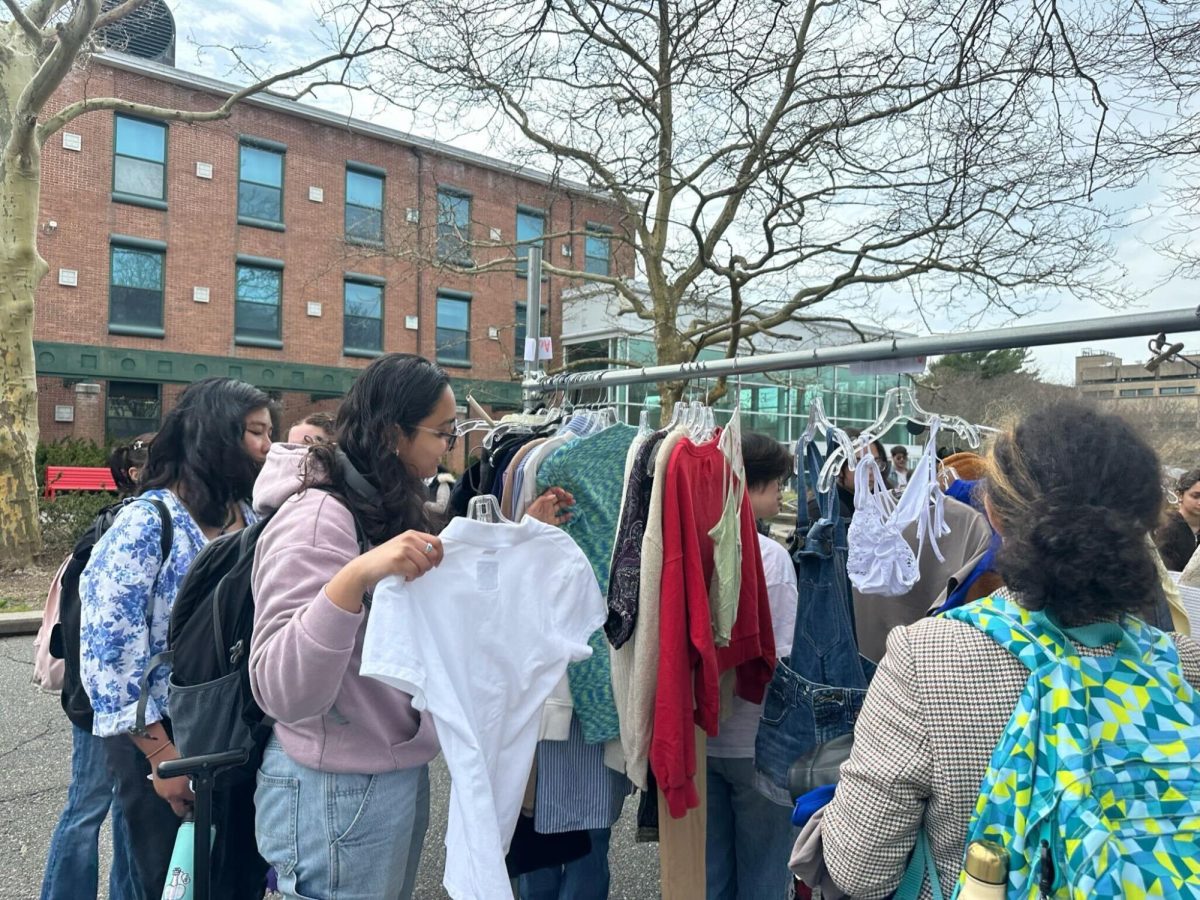
The “COMFORT WOMEN WANTED” art project by artist Chang-Jin Lee is now being displayed on the first floor of the Wang Center until Jan. 10.
The project brings awareness to the 200,000 Asian women who were captured and enslaved by the Japanese army during WWII and used as sex slaves, or “comfort women.”
Chang-Jin Lee is a Korean-born visual artist. Beginning in 2007, she decided to travel to seven different countries to meet “comfort women” survivors and hear their stories.
“I wanted people to understand the issue not only as an Asian or Korean issue, but as an important international human rights issue,” Lee said during a presentation she gave at the CUNY Asian American/Asian Research Institute. Lee plans to have an artist talk at Stony Brook on Oct. 27.
Lee’s form of visual art features blown up photographs of the young survivors. Also displayed is a black and white video showing interviews with seven survivors and one Japanese soldier who was willing to speak out about what he witnessed long ago.
“The exhibition is contemporary art, but it also has a lot of meaning,” Jinyoung Jin, the associate director of cultural programs at the Wang Center, said .
This part of history has been hidden or forgotten for many years and, according to Lee, many people in this country are not aware of the horrible acts committed.
She has taken her exhibition all over, from the streets of New York City in 2008 to Hong Kong, China in 2012.
“It is a form of history, for the women who don’t have their own power. The whole thing has a much greater view and a different layer to appreciate the exhibition itself,” Jin said. “I don’t know if people will get it immediately,” she added.
The exhibition has a strong impact. The seven women featured have different backgrounds, being Korean, Chinese, Taiwanese, Indonesian, Filipino and Dutch.
In the interviews, which are translated with English subtitles across the screen, the women tell their different stories about how they were captured during wartime, whether it be through deception with false promise of a job or street abductions. These women ended up in the same types of places, which were called “comfort stations.”
These “comfort stations” looked like homes where the women were kept against their will, beaten and forced to partake in sexual activities with the Japanese soldiers daily.
Lee’s exhibition is a way of standing up for these women and getting their stories told. According to Lee, this is a part of history, which is denied by the Japanese.
While this exhibition raises awareness of a terrible injustice which took place in the past, it is also important in shedding light on the fast-growing sex trafficking industry today in this country.
According to Jin, the Wang Center tries to draw students in by advertising their exhibitions on their website, and the “COMFORT WOMEN WANTED” exhibition got the attention of a New York Times reporter who will be coming to Stony Brook to write a story about the exhibition.
“It is really a political issue,” Jin said. “Many of them have passed, there are few survivors and soon it will be forgotten history, so it is very important to have this interpretation.”















